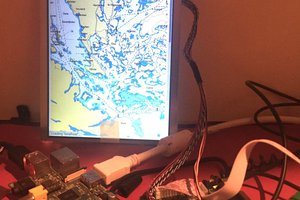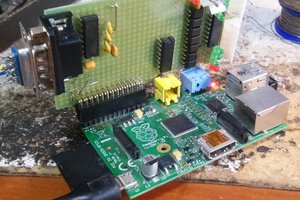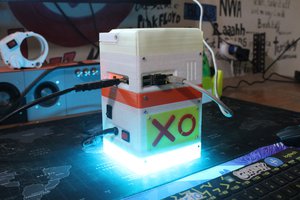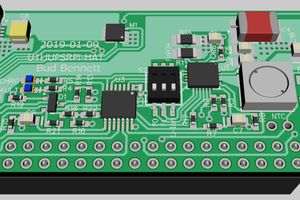Living close to the sea yet in the shadow of some large hills, I am looking to increase my AIS reception coverage by placing a solar powered AIS receiver on a prominent hillside and relay AIS sentences back home via a LoRa RF datalink.
The LoRa broadcasts could be used by other people in the vicinity for their own needs.



 Michael Bilenko
Michael Bilenko
 Arnov Sharma
Arnov Sharma
 Bud Bennett
Bud Bennett
Steve, this is a great project! I hope you were able to get over some of the hurdles you listed. How is it going?